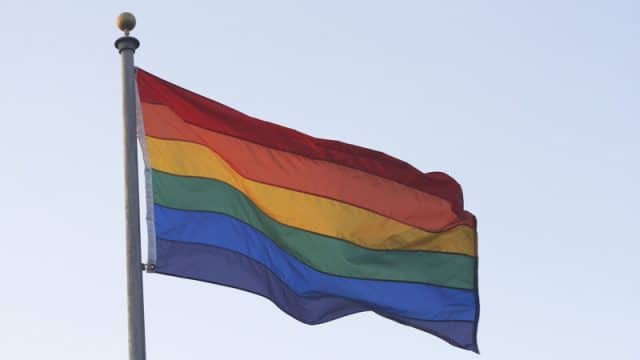
LGBT people are typically depicted as city and coastal dwellers. And those who live in rural America are often characterized as people yearning to escape rural life for more acceptance in urban areas.
But a new study from the Movement Advancement Project, a think tank that advocates for LGBT equality, shatters that stereotype.
Between 2.9 million and 3.8 million LGBT people live in rural America, that’s up to 5 percent of the rural population and up to 20 percent of the LGBT population. For the most part, they chose that life for the same reasons other Americans do: tight-knit communities with a shared sense of values that typically revolve around places like the church, schools or local businesses.
Same-sex parents, like many other parents, also gravitate to life outside the cities. The report says that “the highest rates of parenting by both same-sex couples and LGBT individuals are in the most rural regions of the country.” It points to data from The Williams Institute at the UCLA School of Law that says 24 out of the 30 states where same-sex couples are raising children are mostly rural in the Midwest, the South and the mountain regions of America.
“The most important goal was to work against the stereotype that LGBT people only live in the cities or on the coast and to shine a light on the millions of LGBT people living in rural America,” said Logan Casey, a policy researcher for the Movement Advancement Project. “They are a fundamental part of the fabric of rural communities across the country.”
Discrimination against LGBT people is not unique to rural areas. But the impact is different.
Logan Casey, Movement Advancement Project
LGBT people face the same challenges that others in rural America face: limited access to health care, housing shortages, a growing opioid epidemic and job loss.
But being LGBT can make those challenges more difficult.
First, in small communities, there’s a ripple effect, so if LGBT members are discriminated against, it can quickly spread through the community and vice versa. There are also fewer protections in rural areas.
“Discrimination against LGBT people is not unique to rural areas. But the impact is different,” Casey said.
He says that in places where there are fewer doctors and employers, it makes the impact of discrimination more acute. If the local clinic decides it won’t treat an LGBT person or if an employer won’t give an LGBT person a job, alternatives are almost impossible to find. That’s not the case in cities.
So it’s incredibly important, the study says, to improve life for all rural Americans such as creating better access to health care, employment and the Internet, as well as by protecting the most vulnerable by passing “LGBT-inclusive nondiscrimination protections at the federal, state, and local level,” and by stopping or rolling back religious exemption laws “that may allow service providers to discriminate.”
“When you don’t have those non-discrimination protections, it disproportionately impacts LGBT people in rural areas,” Casey said. “LGBT people throughout the country shouldn’t have to choose between these basic rights and protections and where they call home.”
The study comes as Congress debates the federal Equality Act. It was reintroduced last month. The act would amend civil rights laws to include protections for LGBT people against discrimination in key parts of their lives like employment, housing, public accommodations and federally funded programs.
See also:







